Ask AI on The Internet
Question: Question 1 1.1 Discuss what is meant by the following: a) Modern democracy (3) b) Citizenship education (3) 1.2 Discuss the two types of citizenship education, and indicate which approach (active or passive) you think is the best one for learners. Substantiate your answer. (10) 1.3 Discuss the two main features of the apartheid state in South Africa. (4) [20] Question 2 2.1 Explain why it is important that learners understand the notion of democracy in the new South Africa (after apartheid). (6) 2.2 Explain ‘soft’ and ‘hard’ notions of community participation in citizenship education. (4) 2.3 Explain what a cosmopolitan approach to citizenship education entails, and indicate how learners could benefit from this approach. (10) [20] Question 3 3.1 What is social stratification? (4) 3.2 From a sociological perspective, discuss what is meant by: i) Gender (3) ii) Diversity (3) 3.3 “Access to schooling is largely dependent on race, class and gender.” Briefly discuss the term “access”. (4) 3.4 Provide an argument to argue that access is dependent on the race, class, and gender of the learner. (6) [20] Question 4 4.1 What is identity? (2) 4.2 Define “culture”. (2) 4.3 Discuss and provide ONE example of each of the following: i) Culture as tradition (4) ii) Culture as symbol system (4) iii) Culture as motive and emotion (4) 4.4 If you had the power to change discrimination in schools, what practices would you introduce as a teacher? (4) [20] Question 5 5.1 Identify yourself with a teacher. Discuss the guidelines for gender-fair teaching in schools and explain – with examples – why there might be problems in schools with the implementation of some of the guidelines. (10) 5.2 Discuss what is meant by “achieved characteristics”. (6) 5.3 In which social class do you think SGBs are? Provide a reason for your answer. (4)
### Question 1 #### 1.1 Discuss what is meant by the following: **a) Modern democracy (3)** Modern democracy refers to a political system where the power to make decisions is vested in the hands of the people, either directly or through elected representatives. Core features of modern democracies include free and fair elections, protection of human rights, the rule of law, and the separation of powers among different branches of government. **b) Citizenship education (3)** Citizenship education is the process of educating individuals on their rights, responsibilities, and duties as citizens within a society. It aims to equip people with the knowledge, skills, and values needed to participate actively and responsibly in democratic processes and community life. #### 1.2 Discuss the two types of citizenship education, and indicate which approach (active or passive) you think is the best one for learners. Substantiate your answer. (10) **Types of Citizenship Education:** 1. **Active Citizenship Education:** Active citizenship education focuses on engaging students directly in democratic processes and community activities. It emphasizes critical thinking, participation in community service, and involvement in school governance. The goal is to develop proactive, informed, and critical citizens who can effect change. 2. **Passive Citizenship Education:** Passive citizenship education is more traditional and centers on providing students with information about civic structures, laws, and historical facts without actively involving them in participatory activities. It aims to inform rather than engage. **Preferred Approach: Active Citizenship Education** Active citizenship education is generally considered the best approach for learners because it not only provides them with knowledge but also actively engages them in the practice of citizenship. This hands-on approach fosters critical thinking, problem-solving, and democratic participation skills. By involving students in real-life activities, they develop a deeper understanding and commitment to their roles and responsibilities as citizens. #### 1.3 Discuss the two main features of the apartheid state in South Africa. (4) 1. **Racial Segregation:** The apartheid state enforced strict racial segregation in all aspects of life, including education, healthcare, and living areas. Laws were enacted to keep different racial groups physically and socially separated, with the white population receiving the most privileges and resources. 2. **Systematic Discrimination:** Apartheid involved comprehensive discriminatory policies that marginalized non-white populations politically, economically, and socially. This included disenfranchisement, limited access to quality education and employment, and suppression of political dissent through laws and police action. ### Question 2 #### 2.1 Explain why it is important that learners understand the notion of democracy in the new South Africa (after apartheid). (6) Understanding democracy in post-apartheid South Africa is crucial for several reasons: 1. **Empowerment:** Knowledge of democratic principles empowers learners to actively participate in political processes and hold their leaders accountable. 2. **Reconciliation:** Understanding democracy promotes reconciliation and social cohesion by emphasizing equality, justice, and the rule of law. 3. **Informed Citizenry:** It cultivates informed citizens who can make decisions based on an understanding of their rights and responsibilities, thereby strengthening the democratic fabric of the nation. #### 2.2 Explain ‘soft’ and ‘hard’ notions of community participation in citizenship education. (4) 1. **Soft Community Participation:** This approach is more inclusive and non-confrontational. It encourages broad cooperation and consensus-building, focusing on volunteerism, community service, and engagement in social activities. 2. **Hard Community Participation:** Hard community participation involves more direct, often confrontational, actions aimed at advocacy and policy change. It includes activities like protests, campaigns, and lobbying. #### 2.3 Explain what a cosmopolitan approach to citizenship education entails, and indicate how learners could benefit from this approach. (10) A cosmopolitan approach to citizenship education involves teaching students to see themselves as global citizens. It encourages understanding and appreciation of cultural diversity and global interdependence. **Benefits for Learners:** 1. **Broadened Perspectives:** Learners gain a wider understanding of global issues, equipping them to think beyond their local or national context. 2. **Cultural Sensitivity:** They develop respect and tolerance for different cultures, fostering better social relations in an increasingly globalized world. 3. **Critical Thinking:** Encourages critical examination of global issues such as human rights, environmental sustainability, and social justice. ### Question 3 #### 3.1 What is social stratification? (4) Social stratification refers to the hierarchical arrangement of individuals or groups in societies, often based on various factors such as socio-economic status, race, education, and power. This system of ranking influences people's access to resources and opportunities. #### 3.2 From a sociological perspective, discuss what is meant by: **i) Gender (3)** From a sociological perspective, gender refers to the roles, behaviors, activities, and attributes that a society considers appropriate for men and women. It is a social construct that goes beyond biological differences to encompass cultural expectations and norms. **ii) Diversity (3)** Diversity refers to the variety and differences among people in a society, which can include dimensions like race, ethnicity, gender, age, religion, disability, and sexual orientation. It recognizes and values the distinct contributions that different individuals and groups bring to the community. #### 3.3 “Access to schooling is largely dependent on race, class and gender.” Briefly discuss the term “access”. (4) Access refers to the ability or opportunity to use or benefit from a particular service or resource. In the context of schooling, access entails the availability and equality of opportunities for all students to receive a quality education, regardless of their socio-economic background, race, or gender. #### 3.4 Provide an argument to argue that access is dependent on the race, class, and gender of the learner. (6) Access is dependent on race, class, and gender due to systemic inequalities: 1. **Race:** Historical and ongoing discrimination can limit educational opportunities for certain racial groups, resulting in underfunded schools and fewer resources. 2. **Class:** Socio-economic status determines a family's ability to afford quality education, private schooling, and extracurricular activities. Wealthier families can often provide better educational opportunities for their children. 3. **Gender:** In some societies, gender biases and stereotypes can restrict educational opportunities, especially for girls, limiting their access to certain subjects or higher education. ### Question 4 #### 4.1 What is identity? (2) Identity refers to the qualities, beliefs, personality traits, and expressions that make up a person or group. It is the lens through which individuals see themselves and are seen by others, encompassing factors like cultural background, values, and self-perceived roles in society. #### 4.2 Define “culture”. (2) Culture refers to the shared beliefs, customs, practices, behaviors, and artifacts of a group of people that are passed down from generation to generation. It encompasses language, traditions, norms, and values that shape the way individuals and societies perceive and interact with the world. #### 4.3 Discuss and provide ONE example of each of the following: **i) Culture as tradition (4)** Culture as tradition involves the practices and customs that are handed down through generations. For example, the celebration of cultural festivals, such as Diwali or Hanukkah, which are observed in specific ways dictated by long-standing customs and beliefs. **ii) Culture as symbol system (4)** Culture as a symbol system refers to the use of symbols, like language, art, and rituals, to convey meaning and represent cultural values. For example, the American flag is a symbol of national identity, representing ideals like freedom and democracy. **iii) Culture as motive and emotion (4)** Culture as motive and emotion pertains to the ways cultural context influences people's motivations, desires, and emotional expressions. For instance, in collectivist cultures, social harmony and group cohesion might be primary motivators, influencing behaviors and emotional responses toward maintaining group unity. #### 4.4 If you had the power to change discrimination in schools, what practices would you introduce as a teacher? (4) 1. **Inclusive Curriculum:** Develop and implement a curriculum that reflects and respects the diversity of the student body. 2. **Anti-Bias Training:** Provide ongoing training for teachers and staff to recognize and counteract their own biases. 3. **Equitable Resources:** Ensure equal access to resources and opportunities for all students, regardless of their background. 4. **Support Systems:** Create support systems like counseling and peer-mentoring programs to help marginalized students succeed. ### Question 5 #### 5.1 Identify yourself with a teacher. Discuss the guidelines for gender-fair teaching in schools and explain – with examples – why there might be problems in schools with the implementation of some of the guidelines. (10) **Guidelines for Gender-fair Teaching:** 1. **Language Use:** Use gender-neutral language in teaching materials and communication. 2. **Representation:** Include diverse role models from all genders in educational content. 3. **Encouragement:** Encourage all students equally in all subjects and activities, combating stereotypes. 4. **Curriculum Review:** Regularly review and adapt curriculum materials to ensure they do not perpetuate gender biases. **Problems in Implementation:** - **Resistance to Change:** Long-standing cultural norms and resistance from educators and parents can hinder the adoption of gender-fair practices. - **Resource Limitations:** Lack of funding and resources may prevent schools from acquiring updated, gender-sensitive materials. - **Bias in Teachers:** Unconscious biases among teachers themselves can slow down the implementation of these guidelines, as changing deeply ingrained beliefs is challenging. **Examples:** - **Example of Resistance:** Implementing gender-neutral spaces like bathrooms can meet resistance from parents concerned about privacy and safety. - **Resource Example:** Schools in economically disadvantaged areas might struggle to update textbooks and other materials to more gender-inclusive versions. #### 5.2 Discuss what is meant by “achieved characteristics”. (6) Achieved characteristics refer to attributes or statuses that individuals acquire through their actions, efforts, and accomplishments rather than being born into them. Unlike ascribed characteristics (like race or gender), which are inherent and assigned at birth, achieved characteristics can include things like educational attainment, professional status, and skills. #### 5.3 In which social class do you think SGBs are? Provide a reason for your answer. (4) School Governing Bodies (SGBs) are typically composed of members from middle to upper-middle social classes. This classification is due to the fact that serving on an SGB often requires a certain level of education, professional standing, and availability of time, which are more accessible to individuals from these social classes. ___ These responses provide comprehensive academic insights into the questions, ensuring clarity and depth necessary for a complete understanding of each topic.
Think your answer is better than the AI's? Post it below.
Other Most Relevant Posts:
 **Exploring the Foundations and Implications of Modern Education and Society**
**Title: Navigating Knowledge: Unpacking Democracy, Citizenship, and Society in Educational Contexts**
**Exploring the Foundations and Implications of Modern Education and Society**
**Title: Navigating Knowledge: Unpacking Democracy, Citizenship, and Society in Educational Contexts**
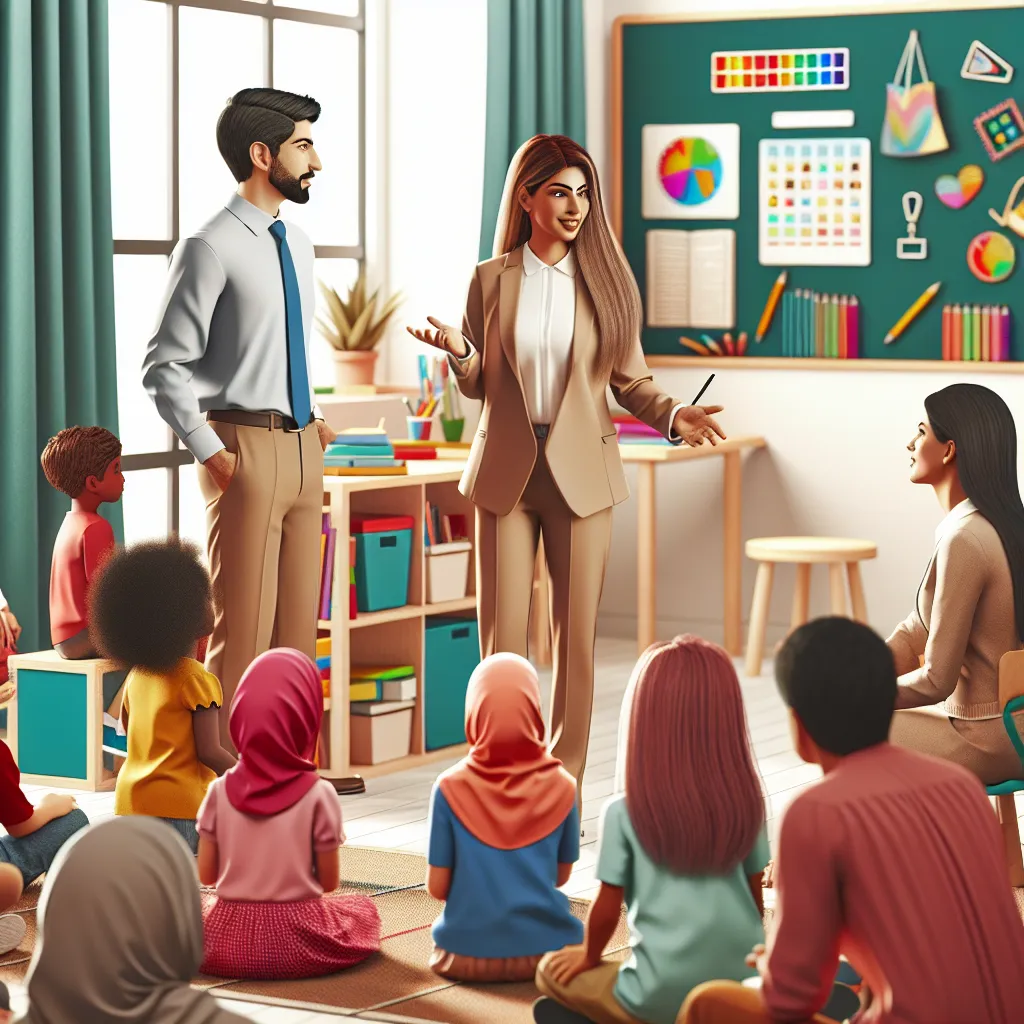 1. Types of Human Settlements
2. Advantages and Disadvantages of Urban Living
3. Challenges for Families in Urban Settlements
4. Importance of Self-Reflection for Grade R Teachers
5. Probing Ques
1. Types of Human Settlements
2. Advantages and Disadvantages of Urban Living
3. Challenges for Families in Urban Settlements
4. Importance of Self-Reflection for Grade R Teachers
5. Probing Ques
Question Tags
If you want your question answered by an AI, click here.
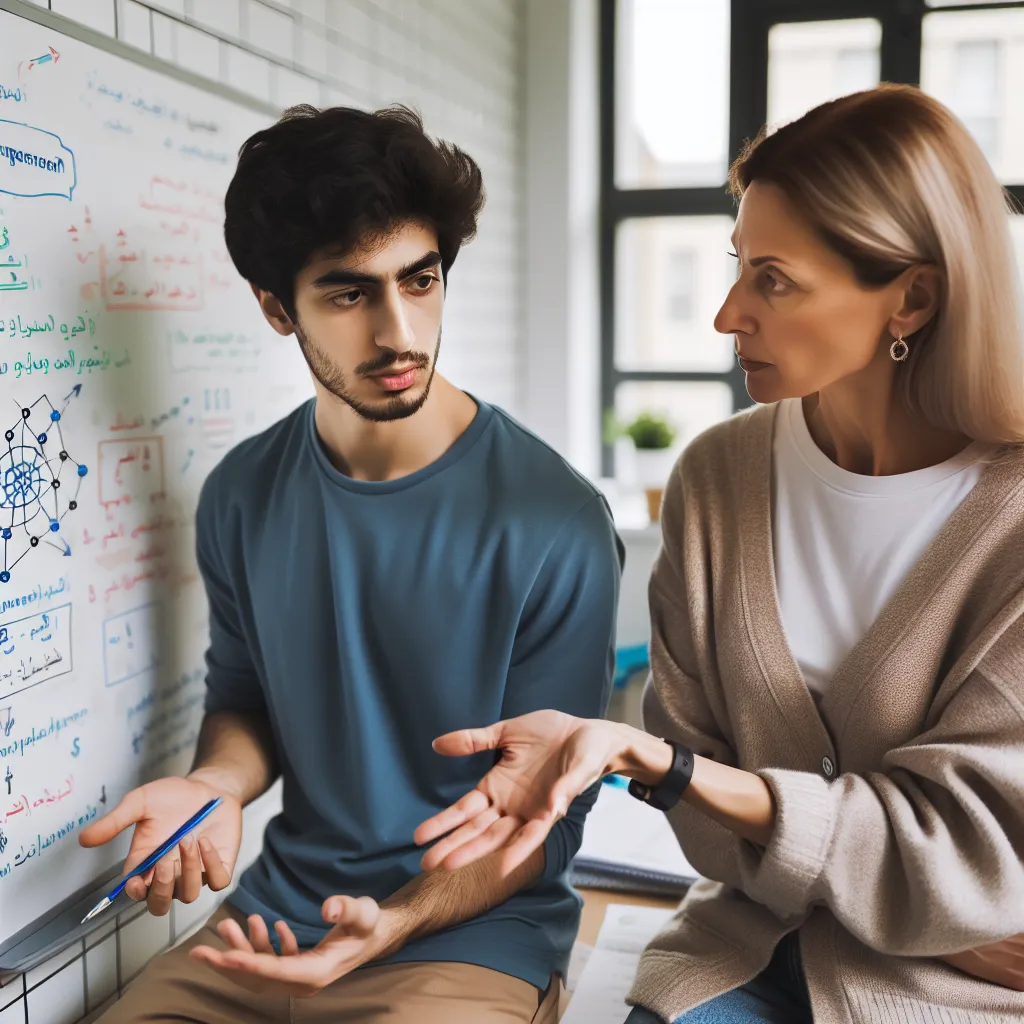
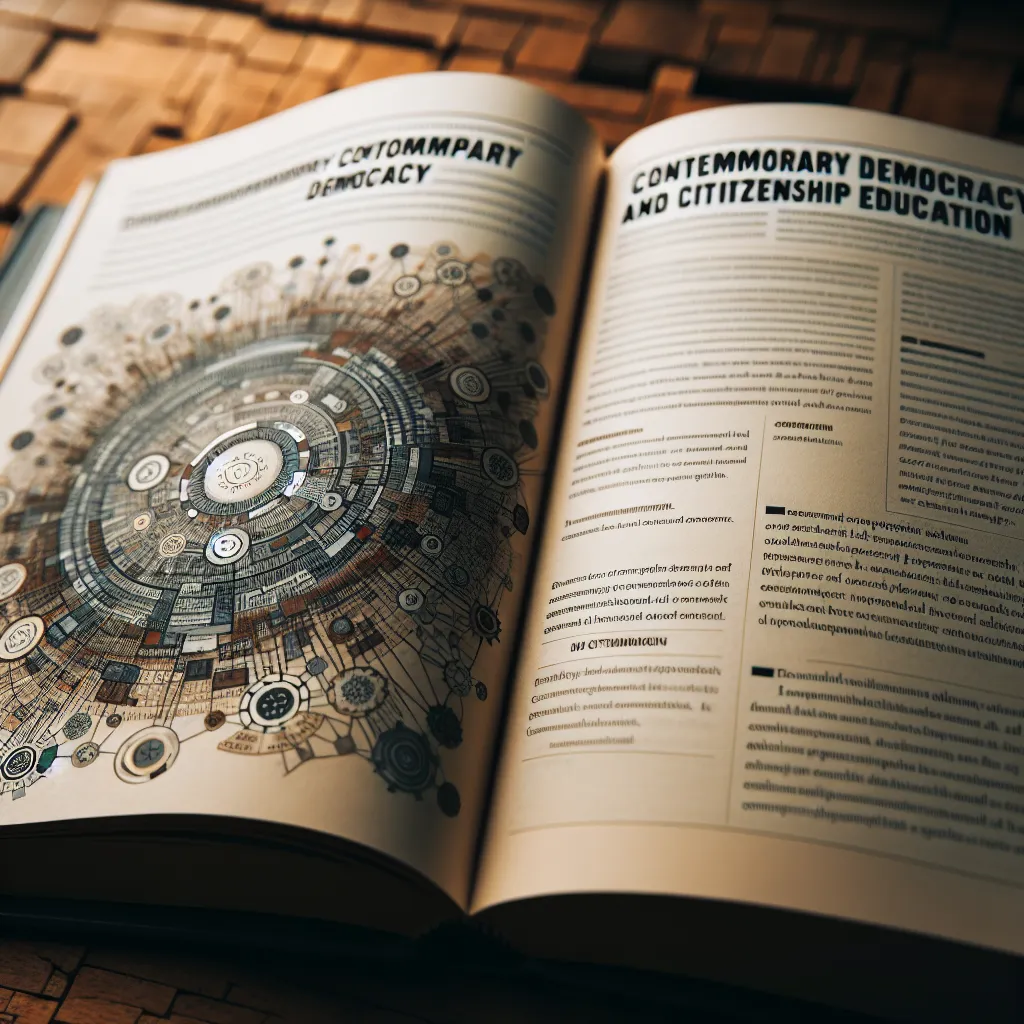
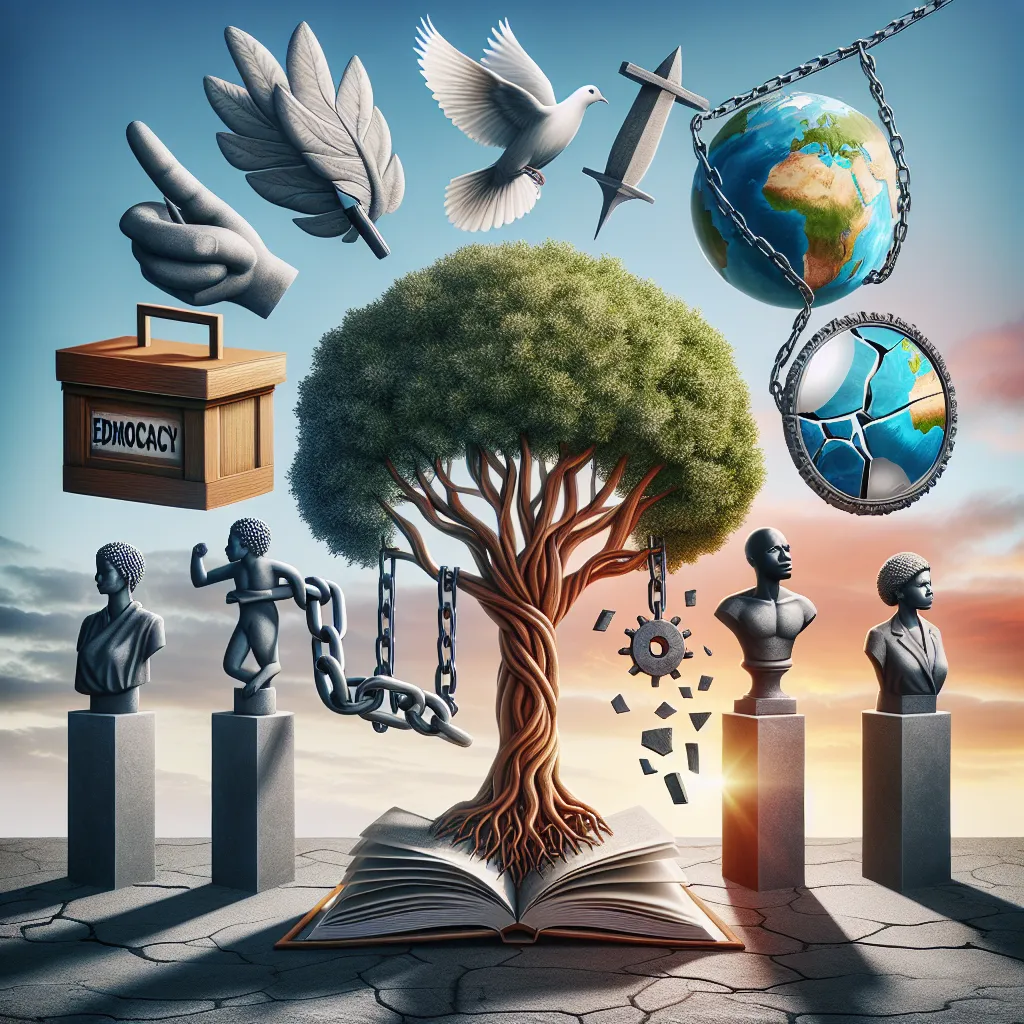
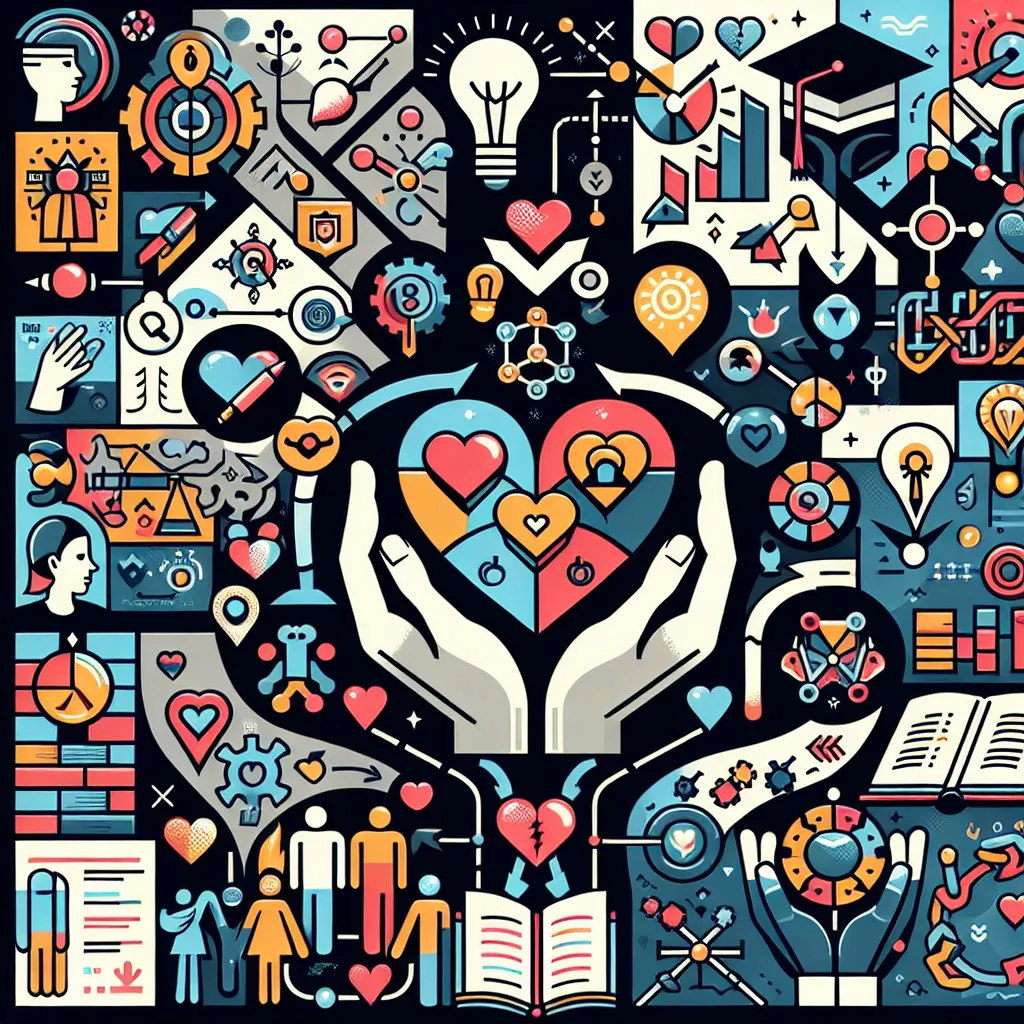

Post your own comment: